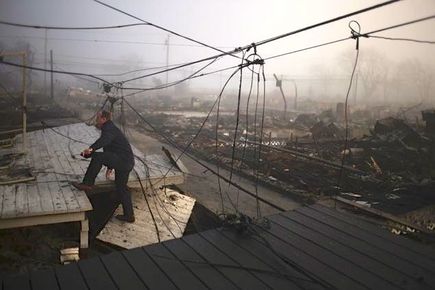
A passive "house is so energy-efficient that it will run on the same amount of power it takes to operate a hand-held hair dryer”. Isn’t that great? Simply add solar panels to recharge your electric car at home and you can disconnect yourself from the grid! No storm will shut your power off! No need of expensive, inefficient and polluting back up generators to make up for the average 3 days it takes a utility crew to reach your home and restore power after a storm. If everyone were to live in a passive home it would save the government and states billions of dollars of upgrade, maintainance, vegetation management, emergency repair of a costly antiquated electrical grid and wiring system.
But with low natural gas prices and no carbon tax, it might be difficult to find a good business model that would attract venture capital invesment in passive houses. Elon Musk made it, against all odds, with electric cars (Tesla), and solar panels (SolarCity), success in passive homes should be within easier reach than space exploration (SpaceX)?
~~~~~~~~~~~~~~~~~~~~~~~~~~~~~~~~~~~~~~~~~
The Passive House: Sealed for Freshness
By Sandy Keenan
The New York Times
08/14/2013
SEATTLE — When you visit Sloan and Jennifer Ritchie’s new passive house in the Madison Park neighborhood here, it takes a while to notice all the things you’re not hearing.
Look out the living room windows and you can see a gardener wielding one of those ear-piercing leaf blowers in the yard, but you would never know it inside.
There is no furnace or air-conditioner clicking on or off, no whir of forced air, and yet the climate is a perfect 72 degrees, despite the chilly air outside.
Then there are the things you’re not feeling. In one of the most humid cities in the country, you aren’t sticky or irritable, and the joints that sometimes bother you are mysteriously pain-free.
The air inside the house feels so fresh, you can almost taste its sweetness.
On paper, at least, the Ritchies’ home sounds too good to be true: an environmentally responsible house without traditional heating and air-conditioning systems that will be an airy 70 to 74 degrees on the coldest day of winter and the hottest day of summer, but use only a fraction of the energy consumed by a typical house.
And yet it’s not some experiment or futuristic dream. Nearly 30,000 of these houses have already been built in Europe. In Germany, an entire neighborhood with 5,000 of these super-insulated, low-energy homes is under construction, and the City of Brussels is rewriting its building code to reflect passive standards.
But in the United States, since the first passive house went up 10 years ago, in Urbana, Ill., only about 90 have been certified. Why aren’t they catching on here?
Part of the problem is the cost. Higher fuel prices and energy taxes in Europe provide a major incentive to embrace passive standards, which are complicated and make construction more expensive. In this country, it could be a decade or more before the energy savings someone like Don Freas enjoys in his 1,150-square-foot passive house in Olympia, Wash., offsets the extra $30,000 or so it cost to build.
“But those are such non-sexy ideas,” said Mr. Freas, 61, who is a sculptor and poet. “What matters is that I have never lived in such a comfortable house.”
Proponents of passive building argue that the additional cost (which is estimated at 5 to 20 percent) will come down once construction reaches critical mass and more American manufacturers are on board. And there are a few signs that day may be coming. More than 1,000 architects, builders and consultants have received passive-house training in this country; at least 60 houses or multifamily projects are in the works; and Marvin Windows, a mainstream manufacturer based in Minnesota, recently began making windows that meet passive certification standards.
Read full article here
But with low natural gas prices and no carbon tax, it might be difficult to find a good business model that would attract venture capital invesment in passive houses. Elon Musk made it, against all odds, with electric cars (Tesla), and solar panels (SolarCity), success in passive homes should be within easier reach than space exploration (SpaceX)?
~~~~~~~~~~~~~~~~~~~~~~~~~~~~~~~~~~~~~~~~~
The Passive House: Sealed for Freshness
By Sandy Keenan
The New York Times
08/14/2013
SEATTLE — When you visit Sloan and Jennifer Ritchie’s new passive house in the Madison Park neighborhood here, it takes a while to notice all the things you’re not hearing.
Look out the living room windows and you can see a gardener wielding one of those ear-piercing leaf blowers in the yard, but you would never know it inside.
There is no furnace or air-conditioner clicking on or off, no whir of forced air, and yet the climate is a perfect 72 degrees, despite the chilly air outside.
Then there are the things you’re not feeling. In one of the most humid cities in the country, you aren’t sticky or irritable, and the joints that sometimes bother you are mysteriously pain-free.
The air inside the house feels so fresh, you can almost taste its sweetness.
On paper, at least, the Ritchies’ home sounds too good to be true: an environmentally responsible house without traditional heating and air-conditioning systems that will be an airy 70 to 74 degrees on the coldest day of winter and the hottest day of summer, but use only a fraction of the energy consumed by a typical house.
And yet it’s not some experiment or futuristic dream. Nearly 30,000 of these houses have already been built in Europe. In Germany, an entire neighborhood with 5,000 of these super-insulated, low-energy homes is under construction, and the City of Brussels is rewriting its building code to reflect passive standards.
But in the United States, since the first passive house went up 10 years ago, in Urbana, Ill., only about 90 have been certified. Why aren’t they catching on here?
Part of the problem is the cost. Higher fuel prices and energy taxes in Europe provide a major incentive to embrace passive standards, which are complicated and make construction more expensive. In this country, it could be a decade or more before the energy savings someone like Don Freas enjoys in his 1,150-square-foot passive house in Olympia, Wash., offsets the extra $30,000 or so it cost to build.
“But those are such non-sexy ideas,” said Mr. Freas, 61, who is a sculptor and poet. “What matters is that I have never lived in such a comfortable house.”
Proponents of passive building argue that the additional cost (which is estimated at 5 to 20 percent) will come down once construction reaches critical mass and more American manufacturers are on board. And there are a few signs that day may be coming. More than 1,000 architects, builders and consultants have received passive-house training in this country; at least 60 houses or multifamily projects are in the works; and Marvin Windows, a mainstream manufacturer based in Minnesota, recently began making windows that meet passive certification standards.
Read full article here
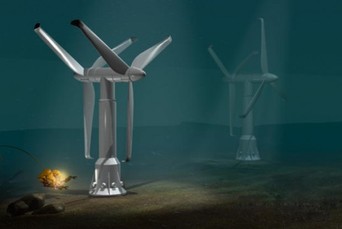

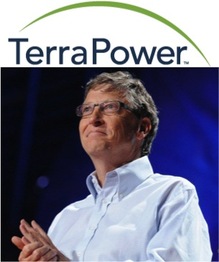
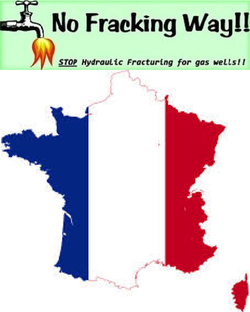
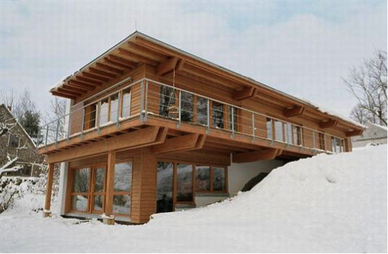
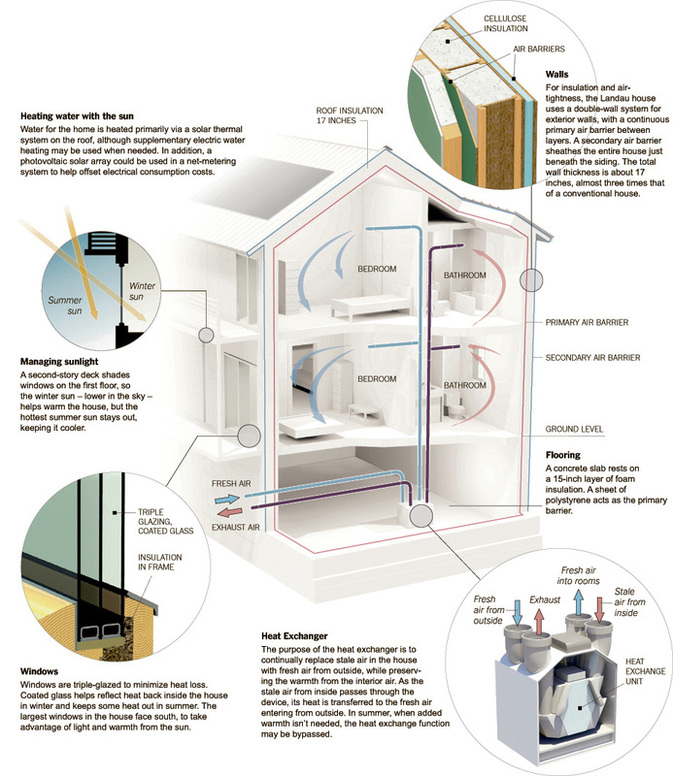

 RSS Feed
RSS Feed